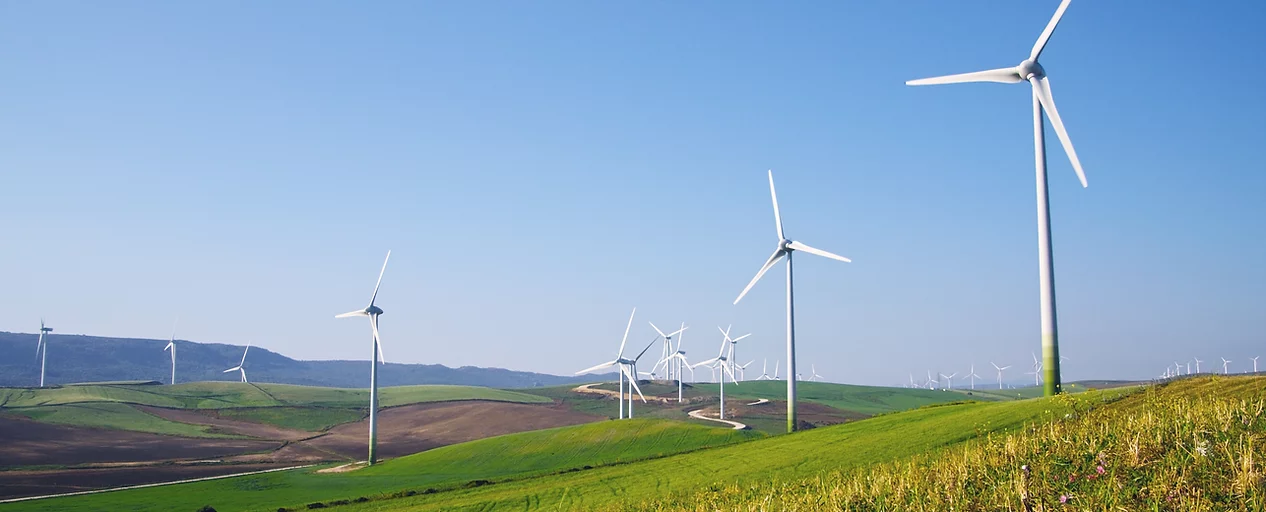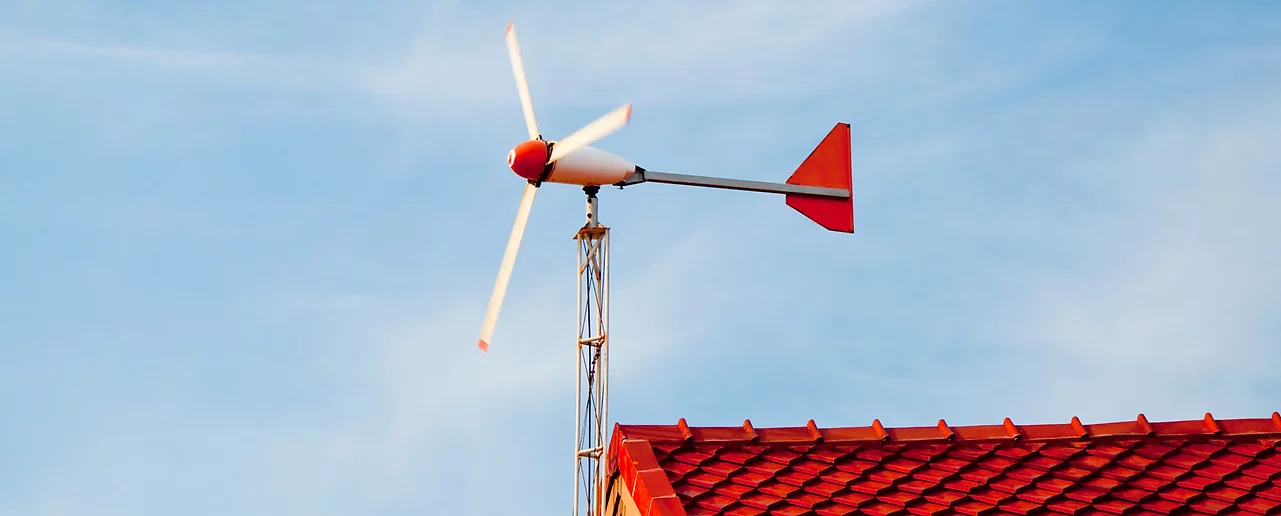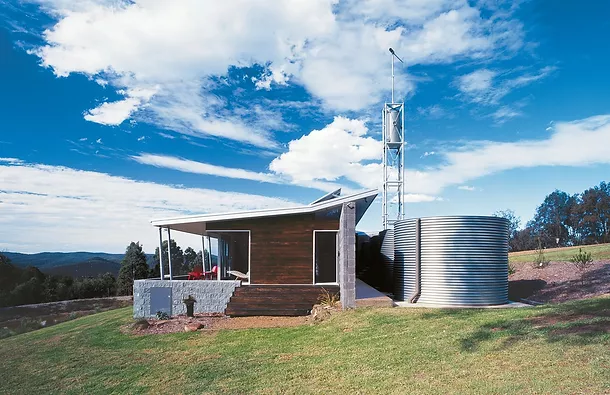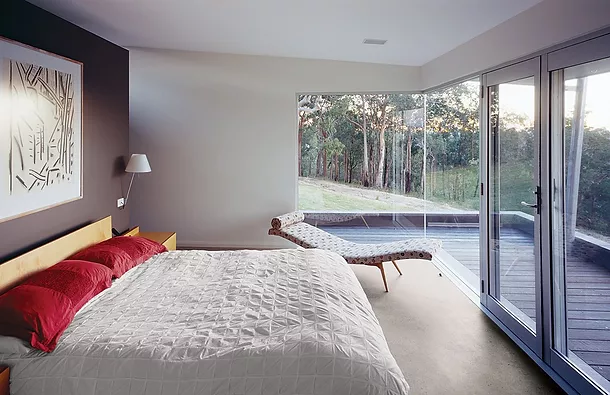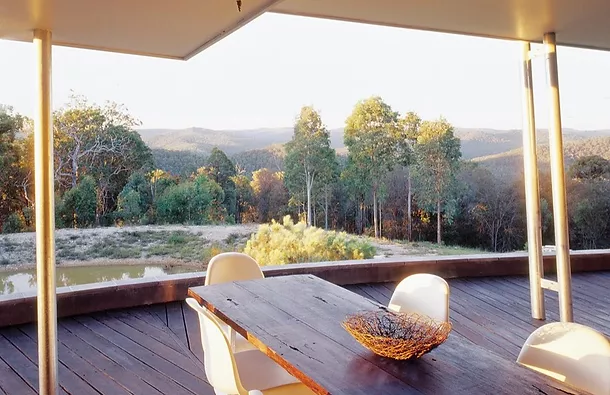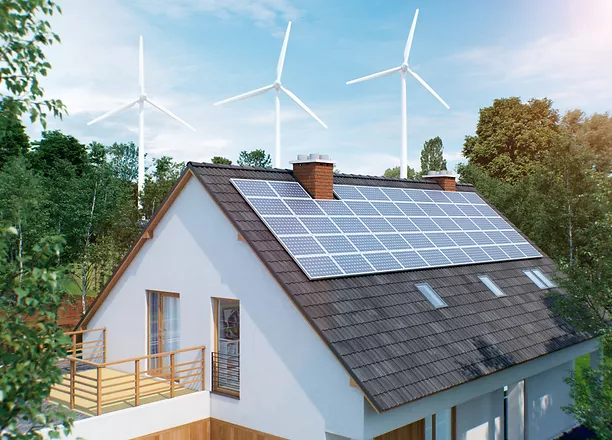
Image via Blue and Green Tomorrow
What to Expect
What is a Wind Powered Home?
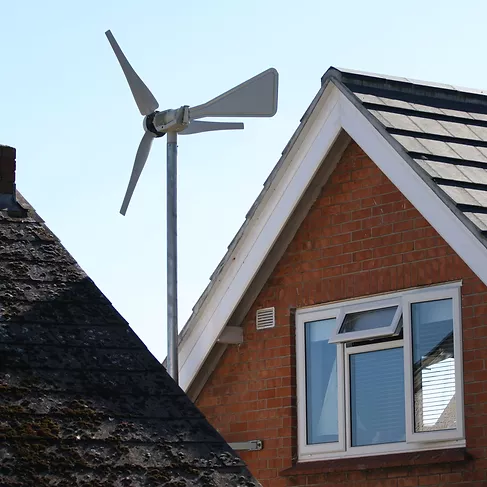

Image via Blue and Green Tomorrow
Home wind turbines are a smaller version of the industrial turbines and can generate clean electrical energy from the wind’s kinetic energy.
Human civilizations have harnessed wind power for thousands of years. Early forms of windmills used wind to crush grain or pump water. Now, wind turbines use wind to create electricity. To ensure your turbine will generate enough electricity to make the investment worthwhile, wind turbines need to be in a windy location. You should have consistent wind patterns capable of spinning the wind turbine all year long to make the investment worthwhile.
Is My Home Suited For Wind Power?
Homes in windy areas will tend to generate the highest wind energy. To ensure your wind system will provide sufficient energy, it is important to consult local building inspector, your board of supervisors, or your planning board to inspect whether your home is suitable for a wind turbine.
According to EnergySage, the taller the turbine and the windier the environment, the more electricity it’s capable of generating. Most of the best spots for small wind turbines are on rural properties because they tend to have more open space and few obstructions that would impact wind speeds.
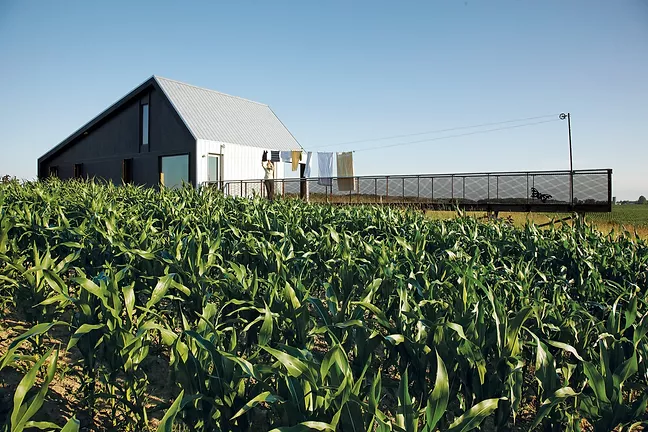
Image via Dwell
What Else Should I Consider?
1. Are tall towers allowed in your neighborhood or rural area (or do you live in flat terrain with no tall obstacles nearby)?
2. Do you have enough open space if you need larger turbines?
3. Determine how much electricity you need or want to produce. Would a wind turbine generate this or would you use it as one of several energy sources?
4. Can you interconnect your system with your utility service provider if you're on the grid?
Did You Know?
Wind energy provides more than 10% of total electricity generation in 14 states, and more than 30% in Kansas, Iowa, and Oklahoma (energy.gov)
In 2014, enough wind energy was produced to power more than 17.5 US homes annually. Thats every home in Alaska, California, Delaware, DC, North Dakota, Rhode Island, South Dakota, and Vermont combined.
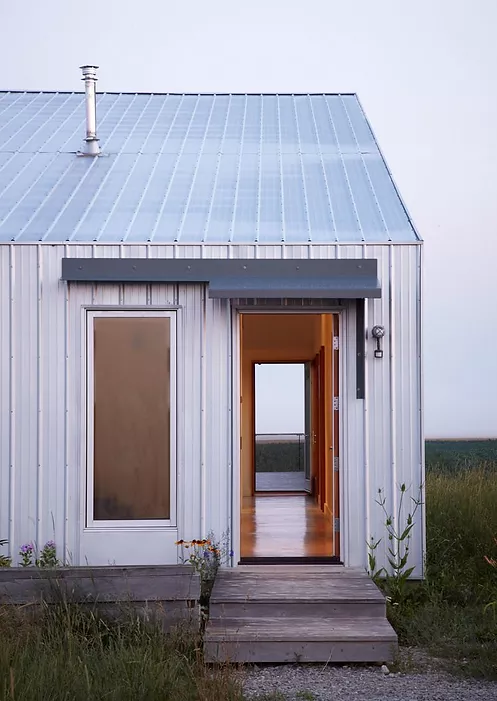
Image via Dwell
How Turbine Height Affects Performance
Because wind speeds increase with height, a small wind turbine is usually mounted on a tower to access more wind to create power.
Relatively small investments in tower height can yield a high return of investment and power production.
For example, raising a 10-kilowatt generator from a 60-foot tower height to a 100-foot tower requires a 10% increase in overall system cost, but it can produce 25% more power.
Free standing vs. Guyed Towers
There are two main types of towers: self-supporting (free-standing) and guyed. Most home wind power systems use a guyed tower and are easier and less expensive to install than a self-supporting tower. A guyed tower depends on guy lines for stability, while a free-standing can support itself without guys.
However, because the guy radius must be one-half to three-quarters of the tower height, guyed towers require enough space to accommodate them. Because of this, areas with open space are more suited to have guyed towers.
Although tilt-down towers cost more, they offer easy maintenance on smaller light-weight turbines. Tilt-down towers can also be lowered to the ground during hazardous weather conditions. Aluminum towers are prone to cracking, so they should be avoided (Wind Exchange, energy.gov)
Challenges of Wind Energy
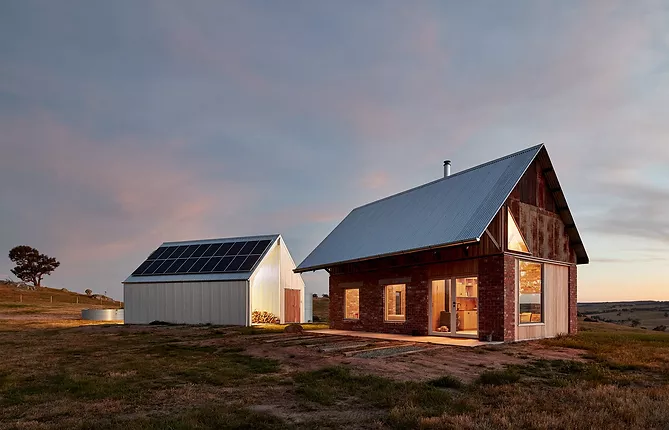
Image via Dwell
Although wind energy has several benefits, it is important to mention some challenges that come with wind energy.
-
Some areas have restrictions in place regarding the use of turbines in residential neighborhoods. Check with your local building departments
-
The rapidly spinning blades can produce a weak but detectable noise and create disruptions in air pressure
-
Turbine blades can sometimes injure or kill birds. Research offers insight into how this can be avoided
-
Wind Turbine Syndrome symptoms could be explained as effects of infrasound, as well as constant humming and vibrations
Costs and Financing
Most homeowners using a wind turbine as their primary source of electricity install between 5 to 15 kW of wind power capacity, meaning they may pay between $15,000 and $75,000 for their wind turbine. In general, larger and taller wind turbines are more expensive.
Benefits and Financing Options
Small wind turbines can cost between $3,000 to $5,000 for every kilowatt of power capacity.
This cost may be reduced if your state or city offers incentives for using wind energy. If you decide that a wind system is economically viable for your home, some benefits may include:
-
Lowering your electricity bills by 50%–90% ( In some instances, a wind turbine can offset 100 percent of a home’s electricity bill!)
-
Avoiding high costs of having utility power lines reach a remote location
-
Securing power supply in an extended utility outage
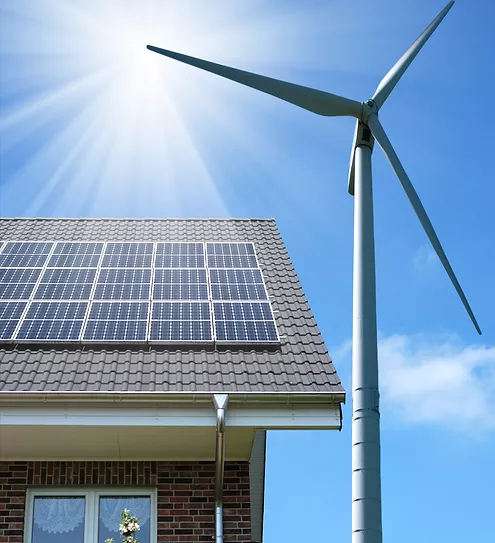
Image source
